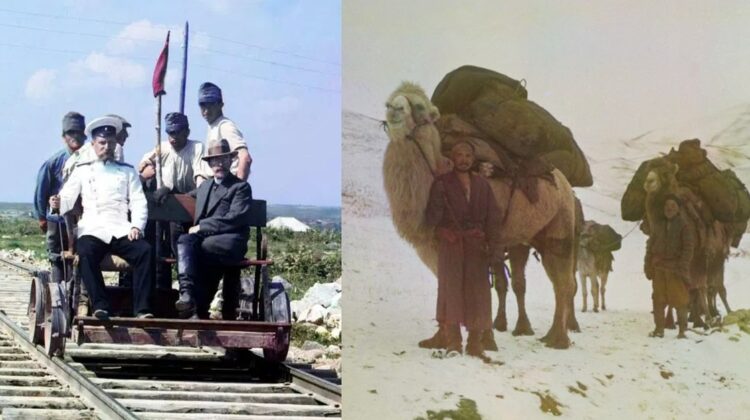
These fascinating color images by Sergey Prokudin-Gorsky and Piotr Vedenisov provide a glimpse of Imperial Russia on the brink of revolution – and about to change forever. Their images vividly portray the daily life of people in full color, a remarkable feat achieved long before the era of instant color photography.
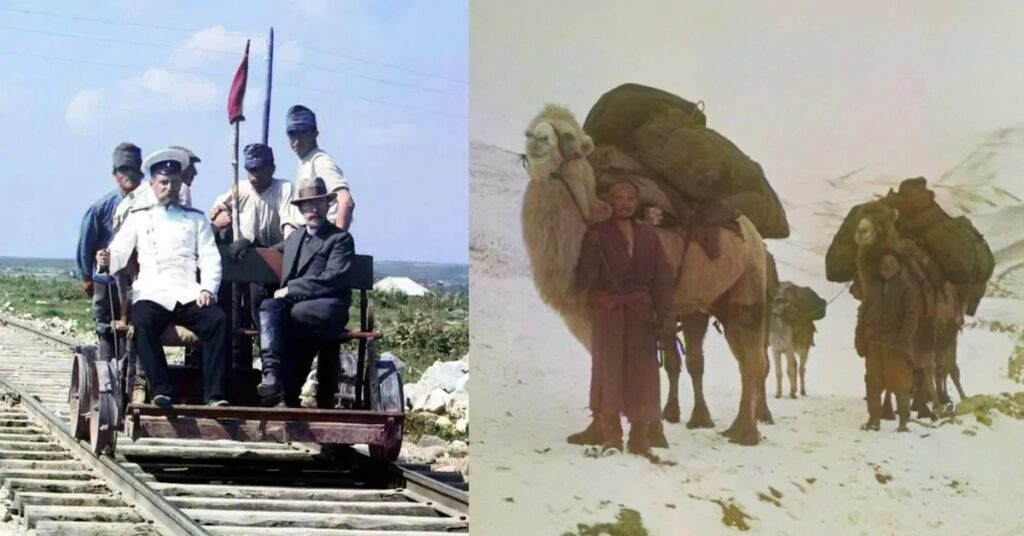
In the early 1900s, Prokudin-Gorskii devised a plan for a photographic survey of the Russian Empire, which garnered the support of Tsar Nicholas II. From 1909 to 1915, he traveled extensively across the empire using a railway-car darkroom provided by the tsar himself, capturing photographs in 11 distinct regions.
Vedenisov focused mainly on aristocratic families, notably the Kosakovs, and succeeded in depicting a contrasting lifestyle to that of the peasants in the Russian Empire.
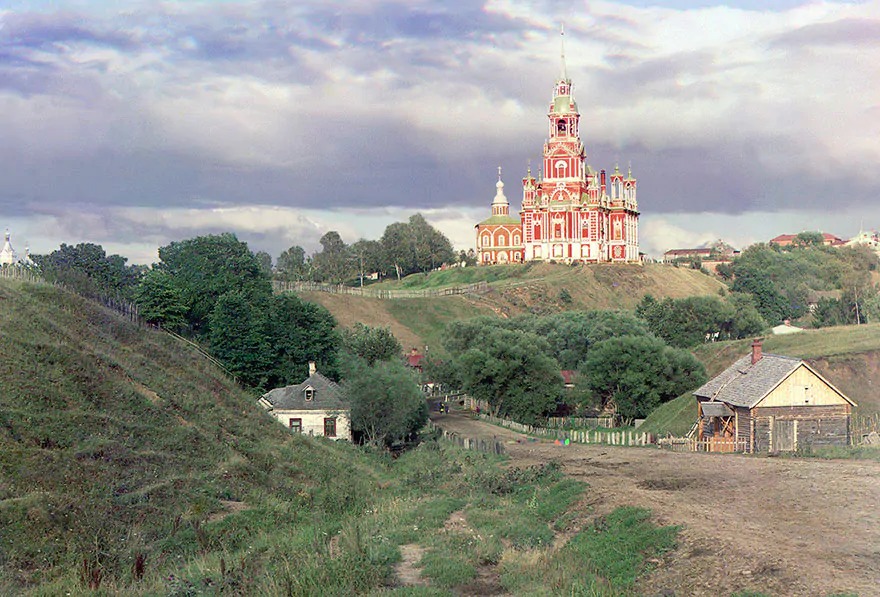
Imperial Russia, one of the largest empires in history, flourished from 1720 until 1917, spanning three continents and hosting diverse populations. It famously repelled Napoleon’s army when he was reckless enough to attempt an invasion. However, the Russian Revolution of 1917 marked the end of Imperial rule, concluding a significant chapter in history.
Even though color photography, as we understand it today, was not possible at the time, creating a color image for the viewer by completing three separate photographs was indeed possible. The photographers had to capture three distinct images of the same subject: one through a red filter, one through a green filter, and one through a blue filter (referred to as RGB, the color channels commonly used in digital images). These monochromatic images were later projected onto a screen through corresponding colored filters and overlaid. When observed through a final filter, they would combine to create a lifelike color image.
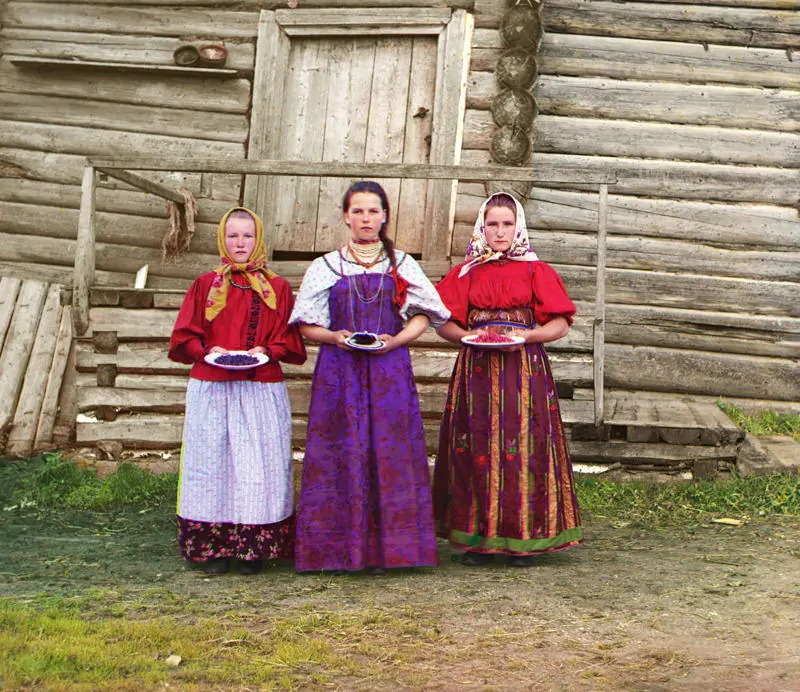
The three-color principle, upon which Prokudin-Gorsky’s method relied, was actually first theorized by James Clerk Maxwell in 1855. This concept mimicked human vision by dividing the light spectrum into three channels – red, green, and blue – and capturing them separately. However, limitations in photographic materials at the time prevented achieving good results.
Prokudin-Gorsky’s brilliance lay in perfecting this technique. He employed a specially designed camera to take three rapid-fire black and white photographs, each filtered for red, green, and blue light. Through meticulous darkroom work, he then combined these individual images to create a full-color representation.
This method, known as the Trichrome process, was complex and required precision. But the results were groundbreaking. Prokudin-Gorsky’s photographs offer a window into a bygone era, showcasing the diversity of the Russian landscape, its people, and cultural treasures in a way never seen before.





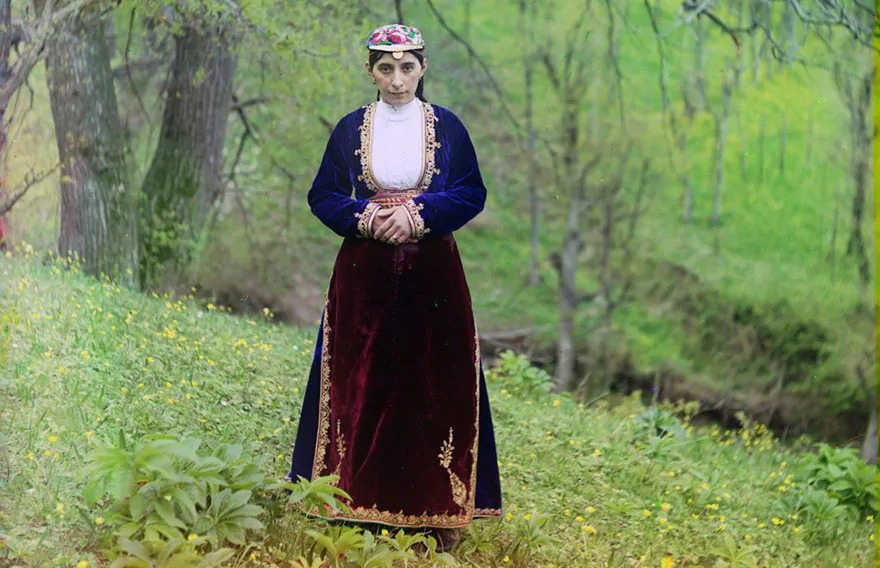
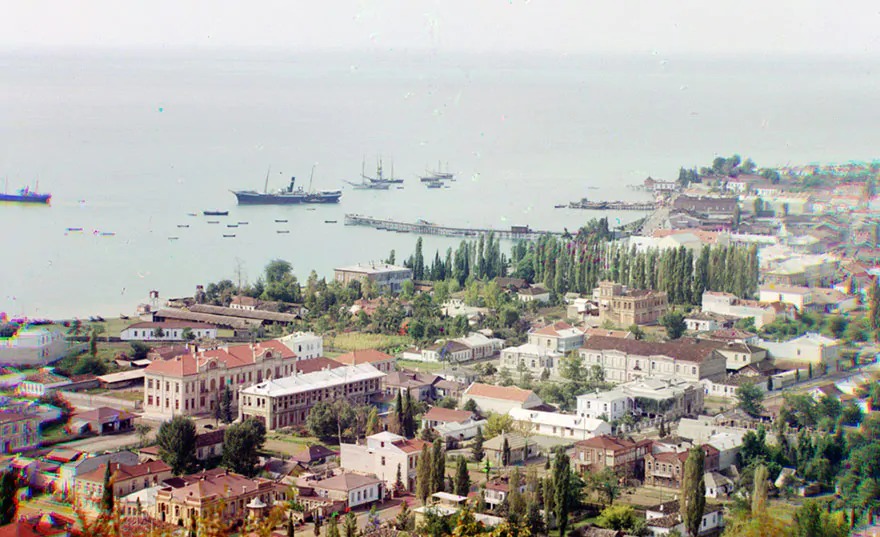
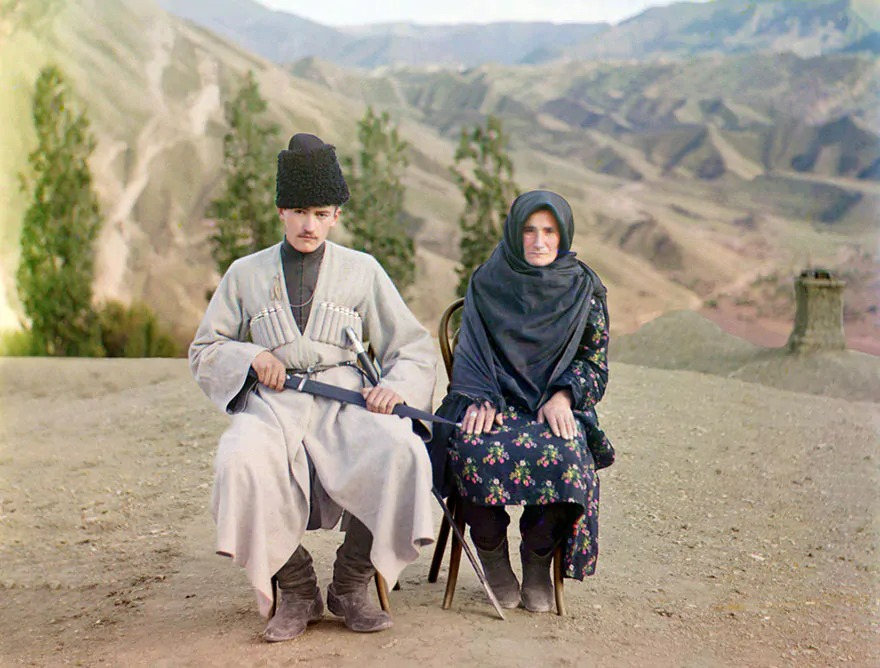


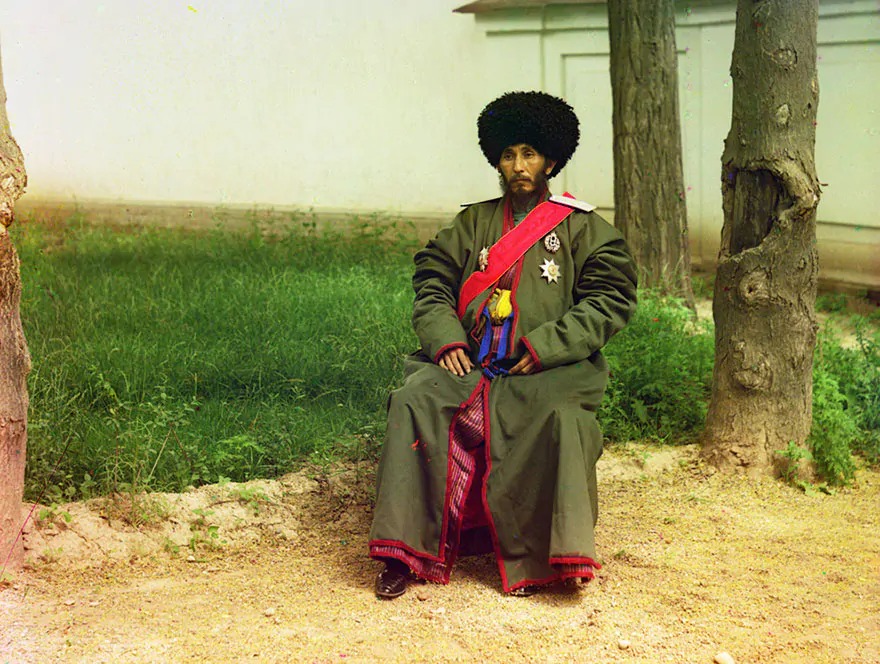
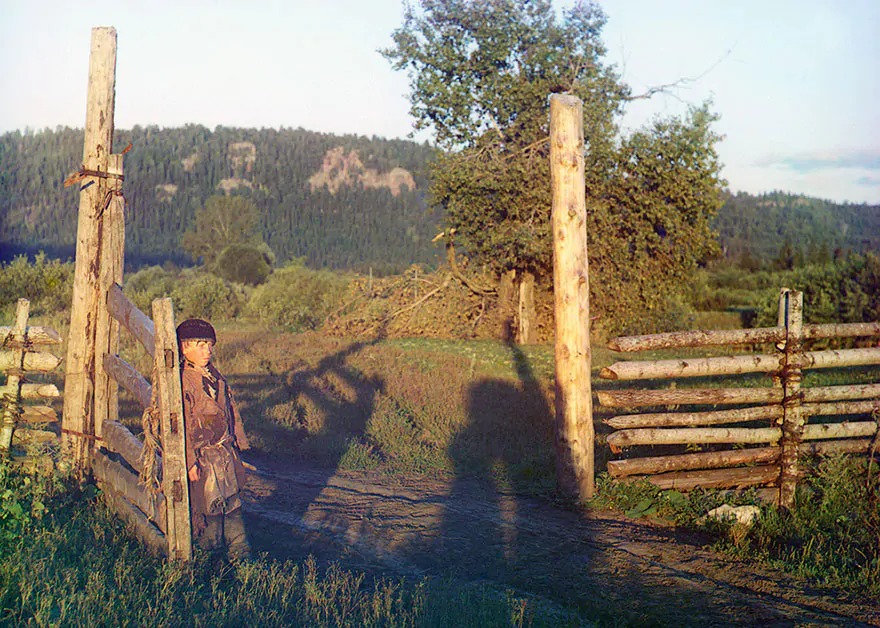
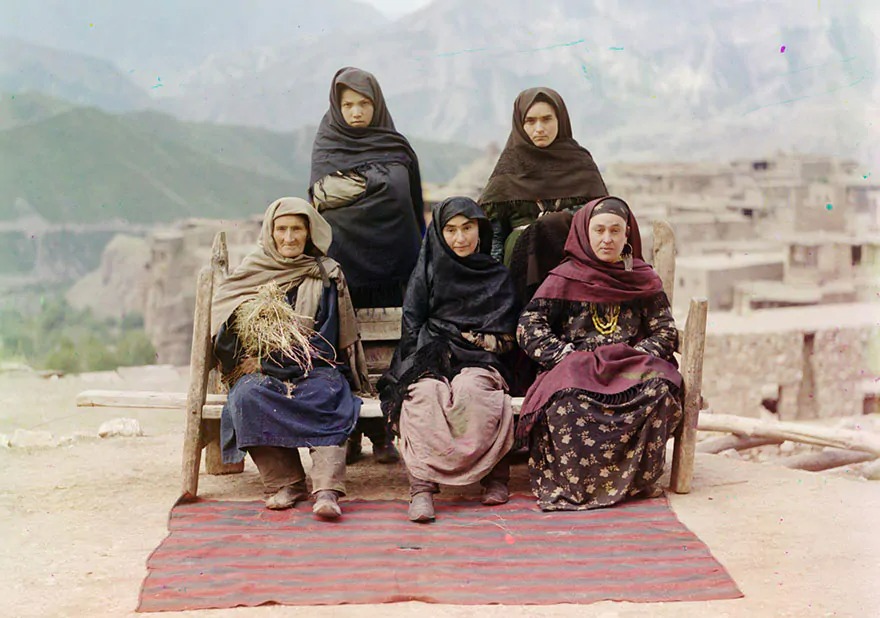

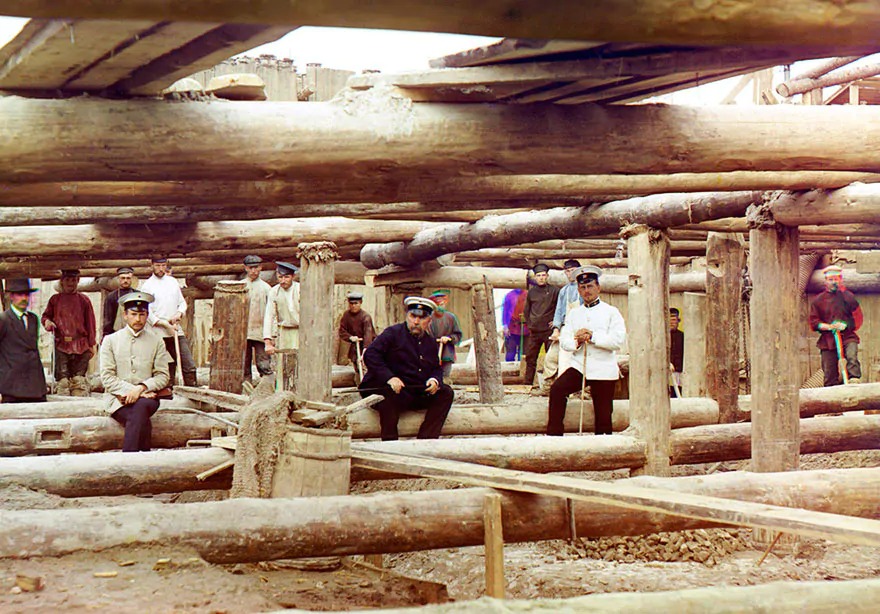

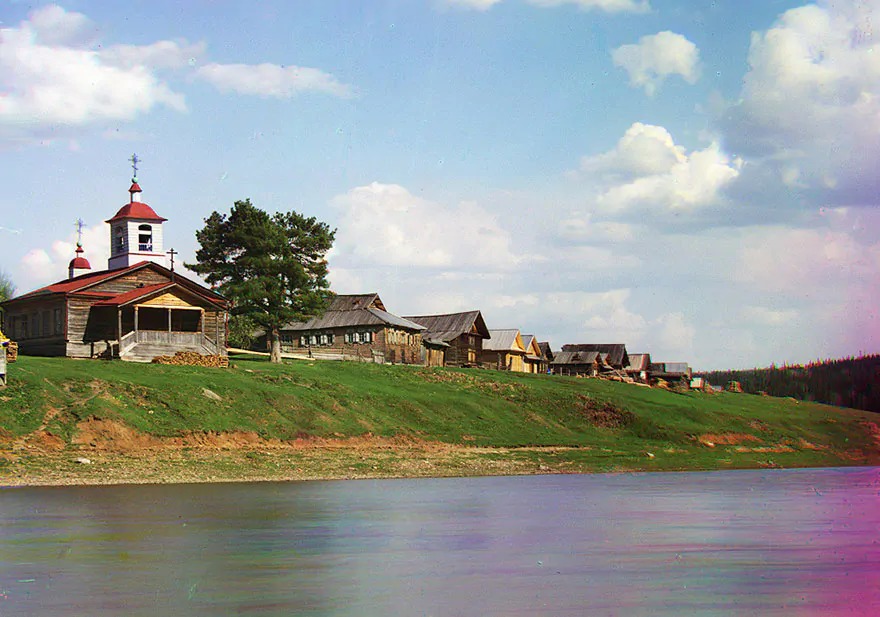
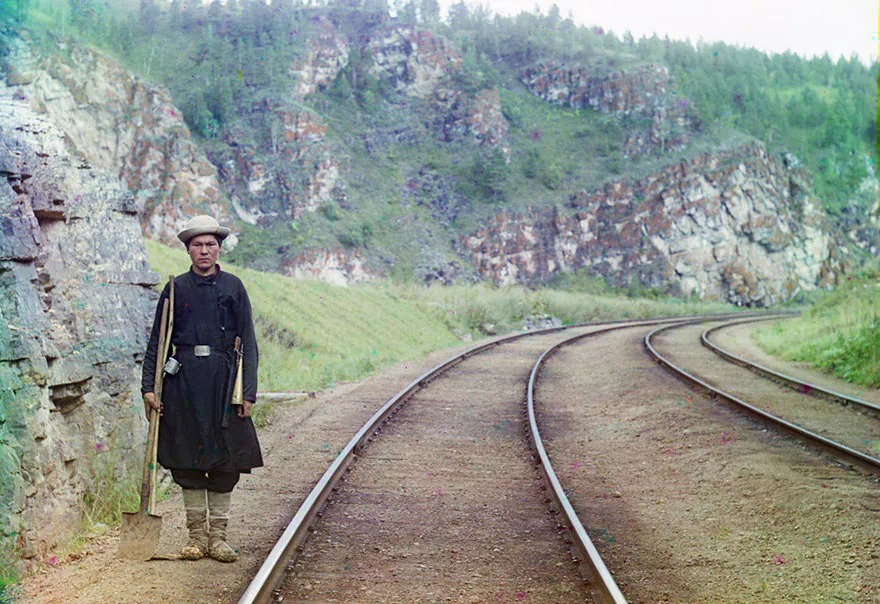
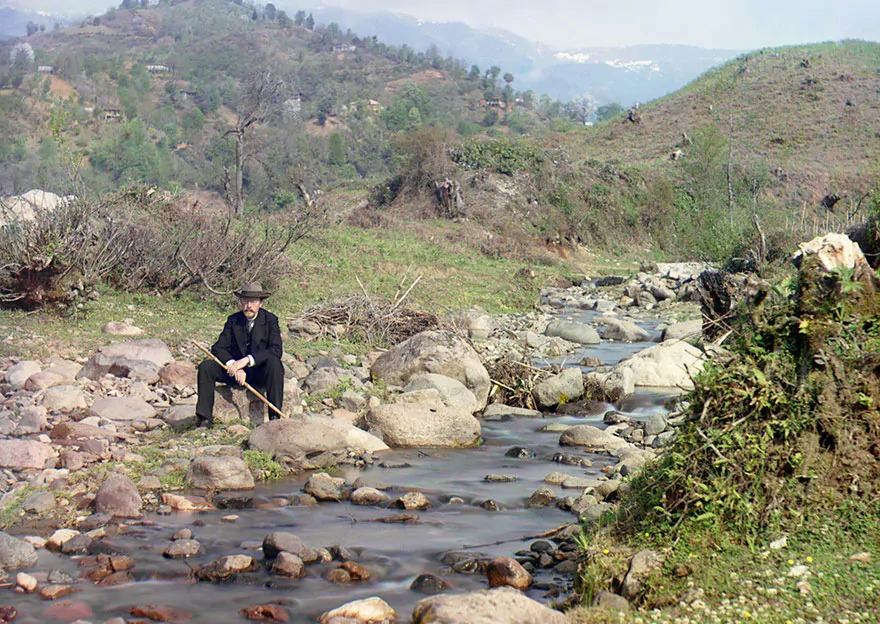



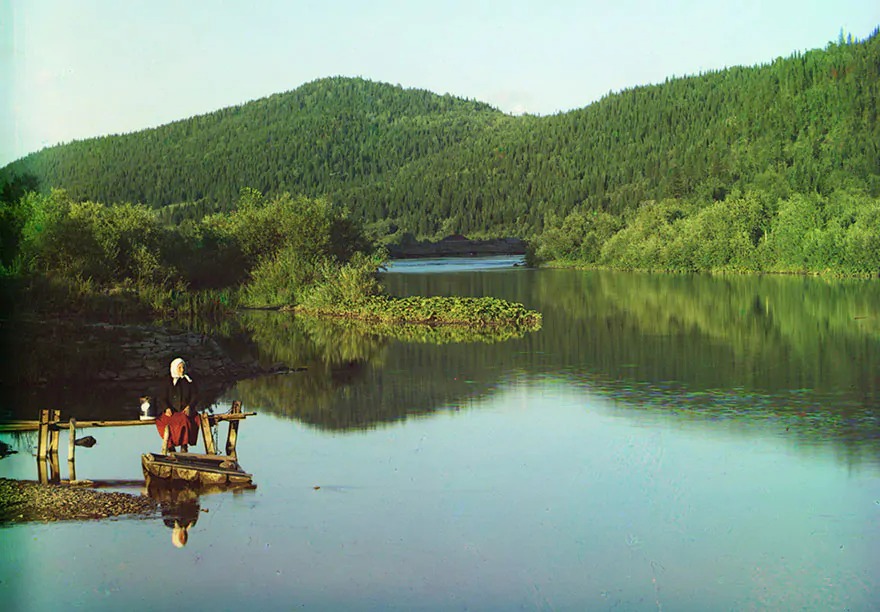
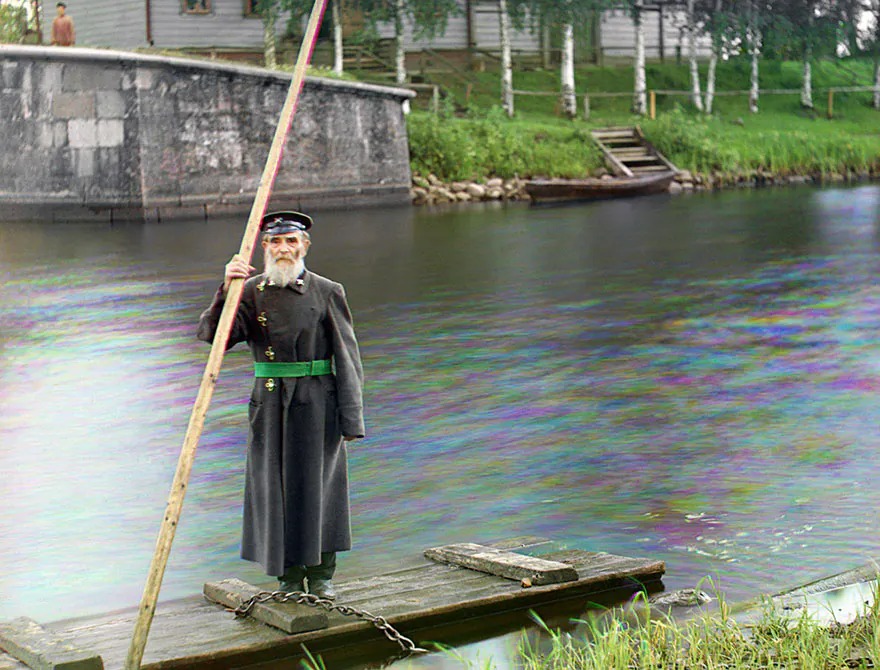
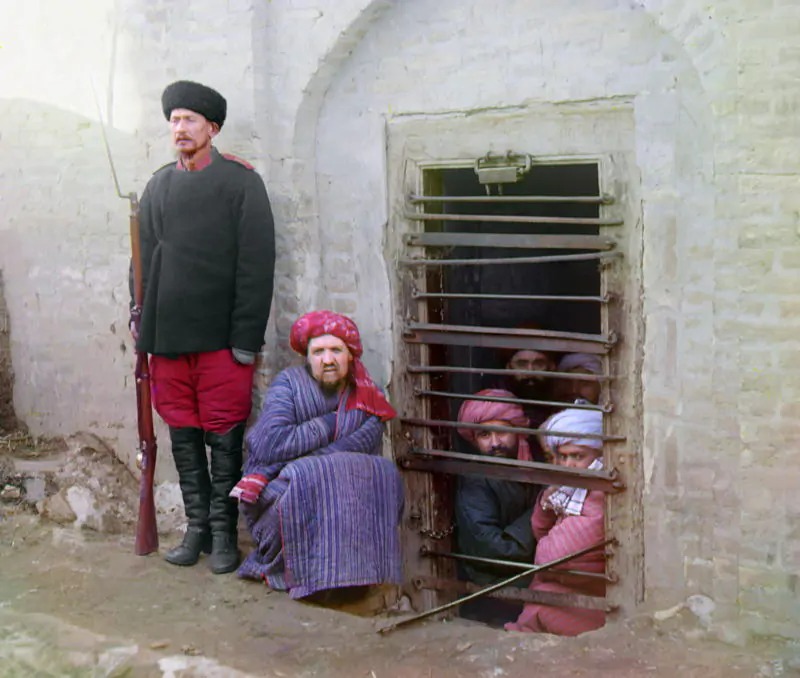
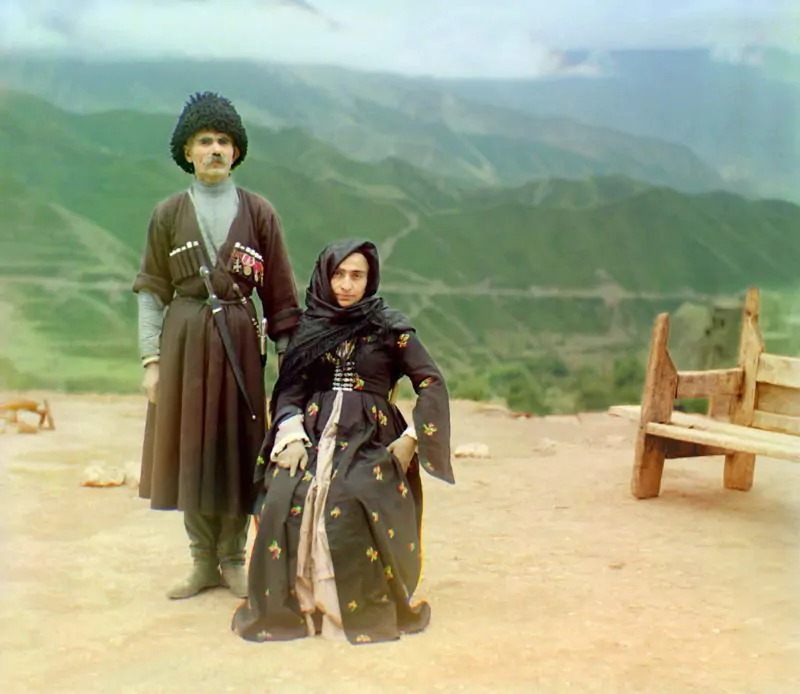

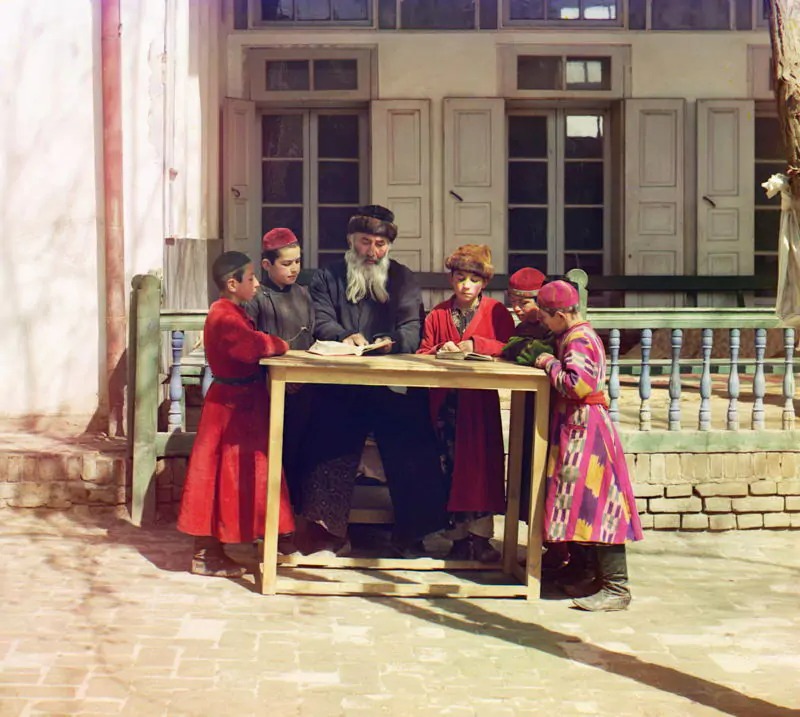

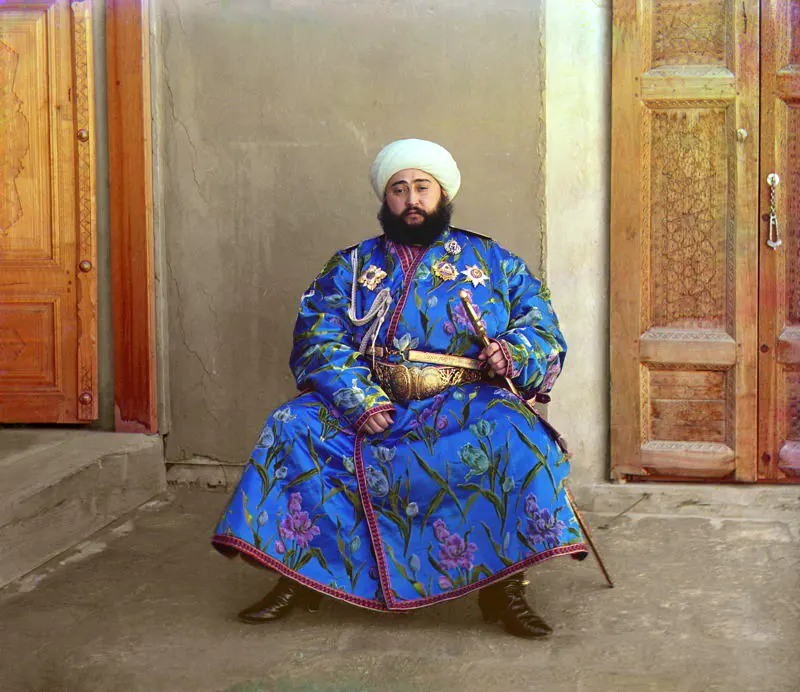
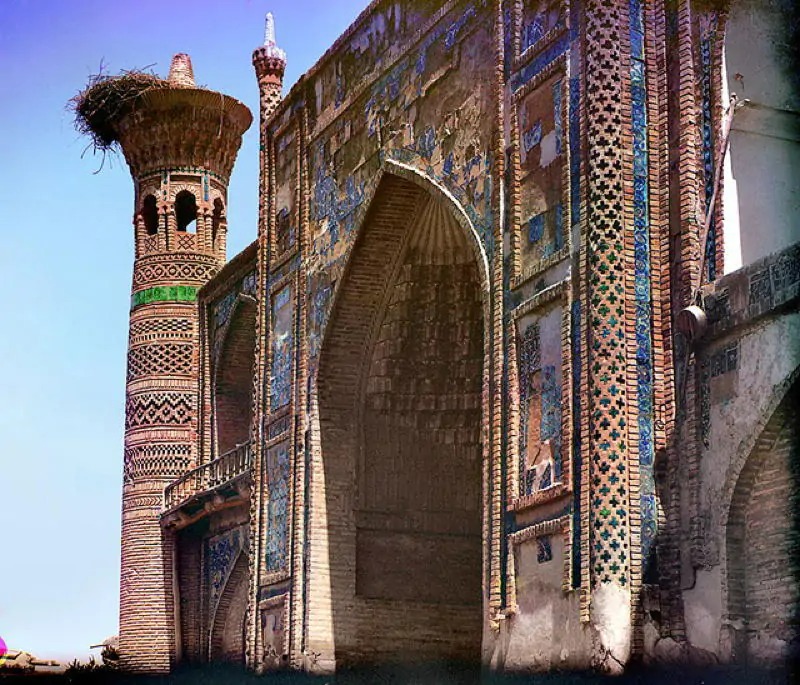
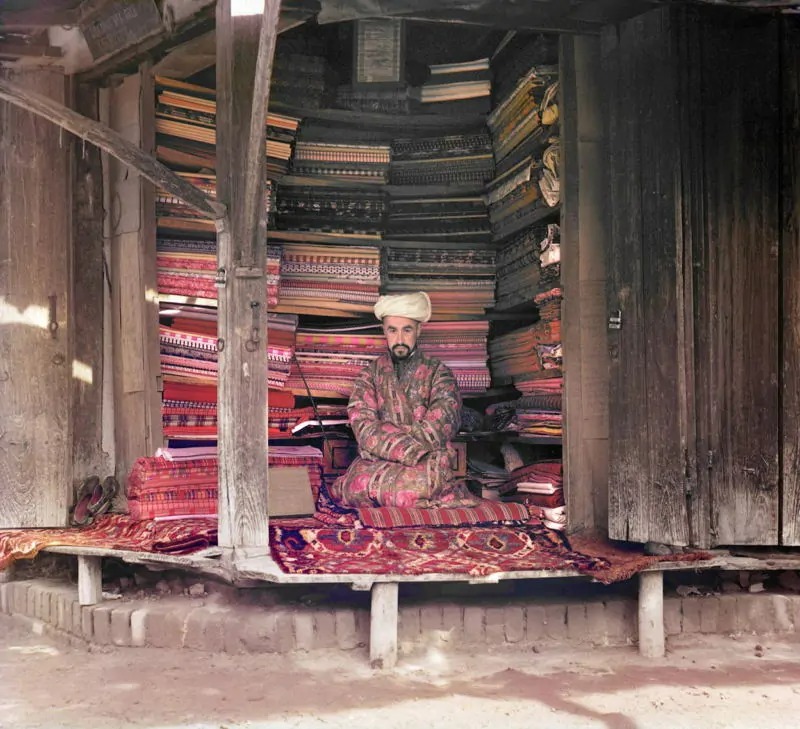

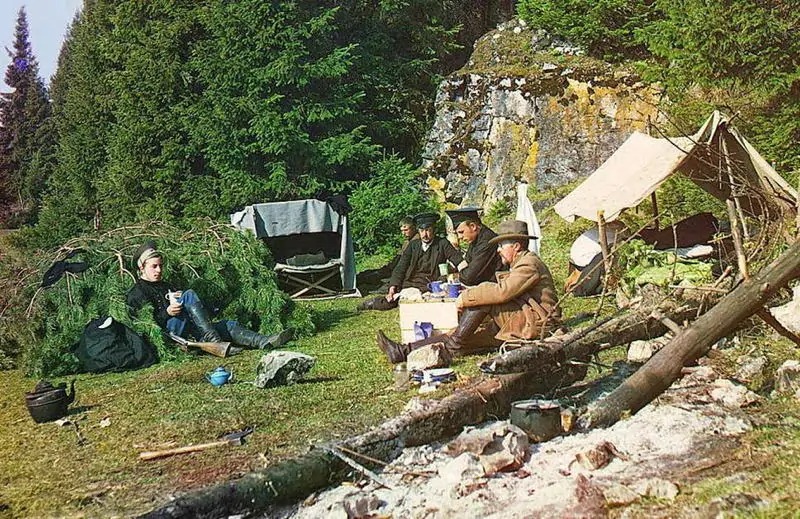
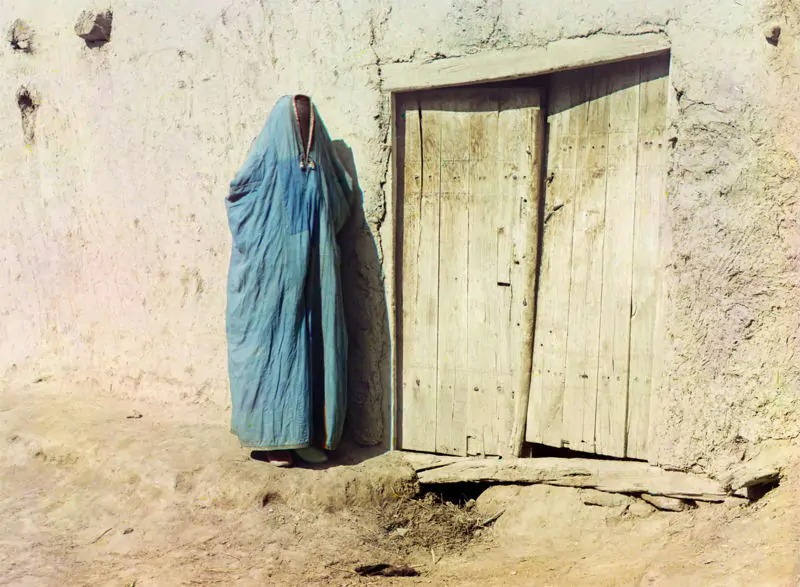
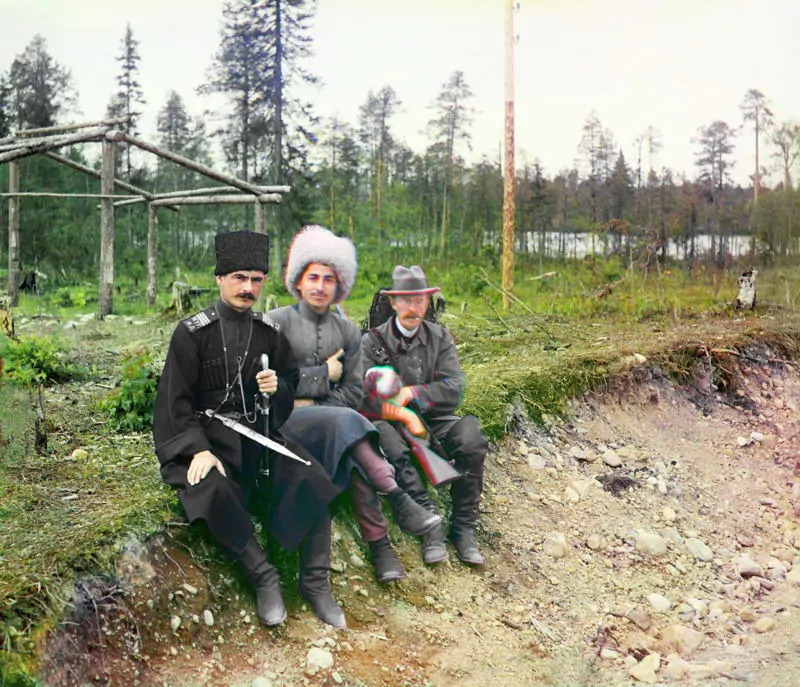
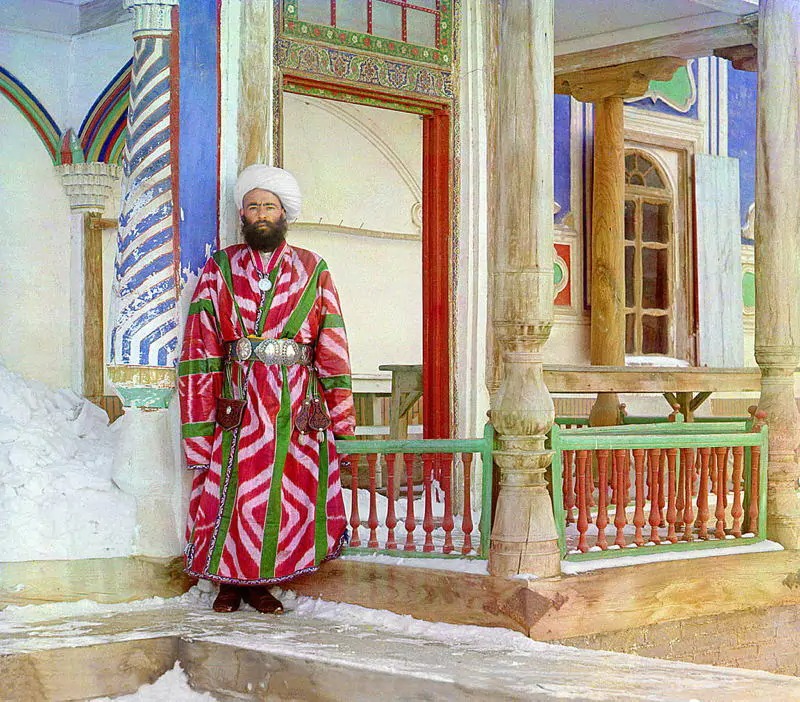
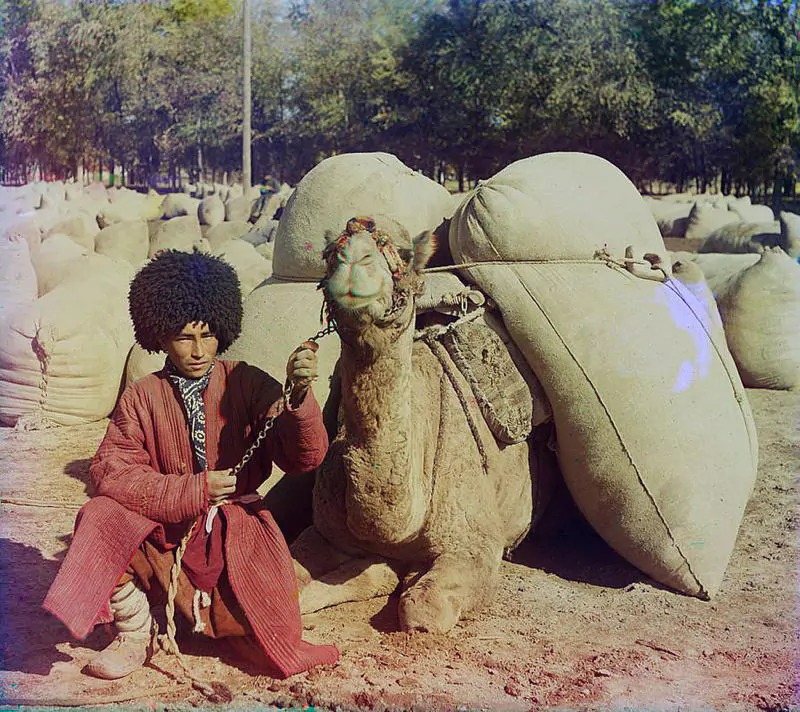

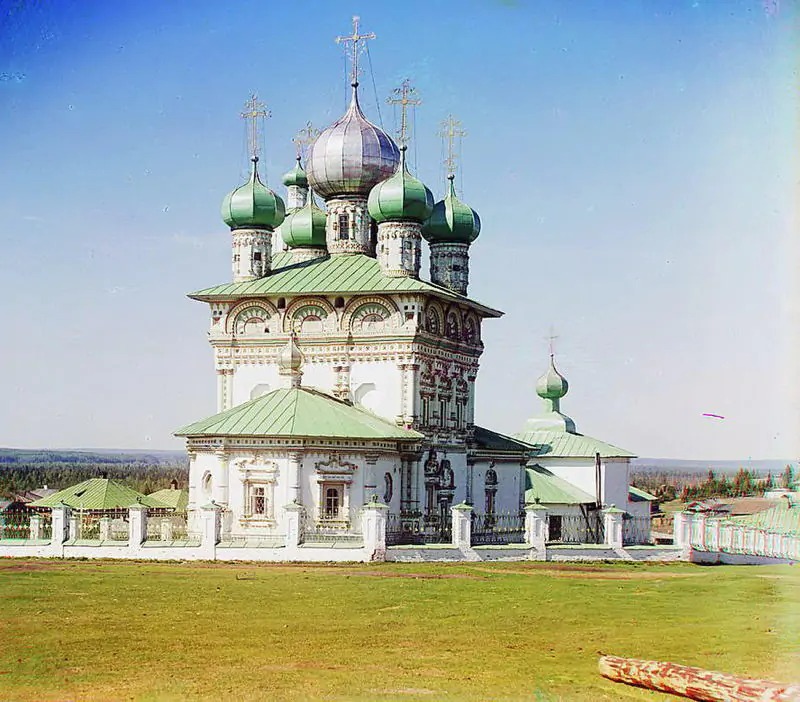
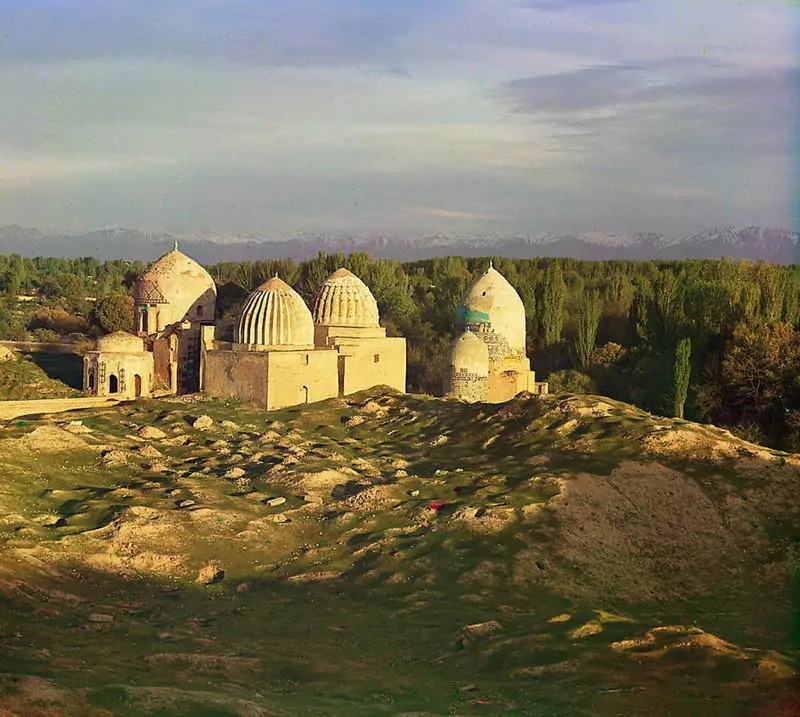
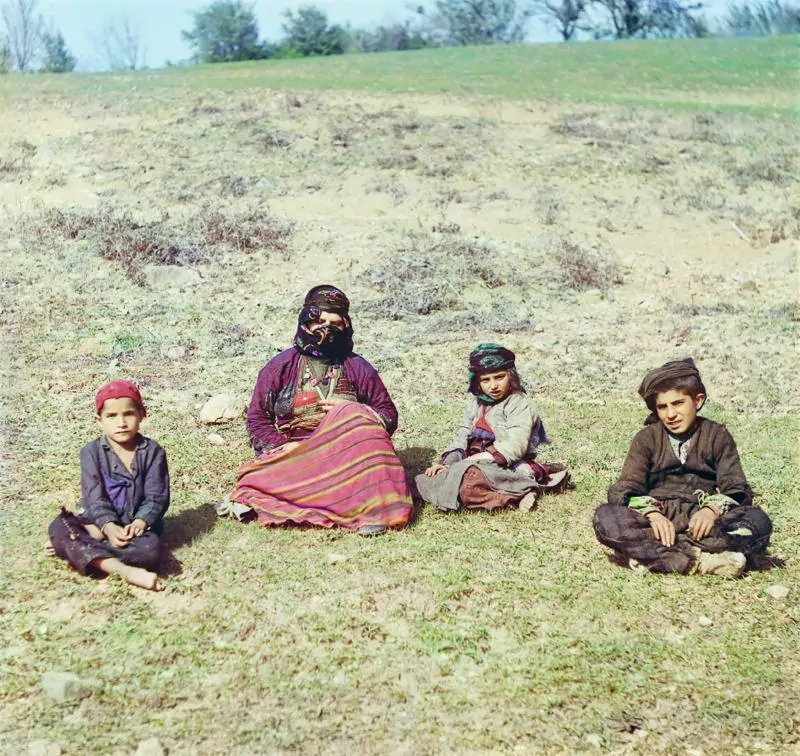

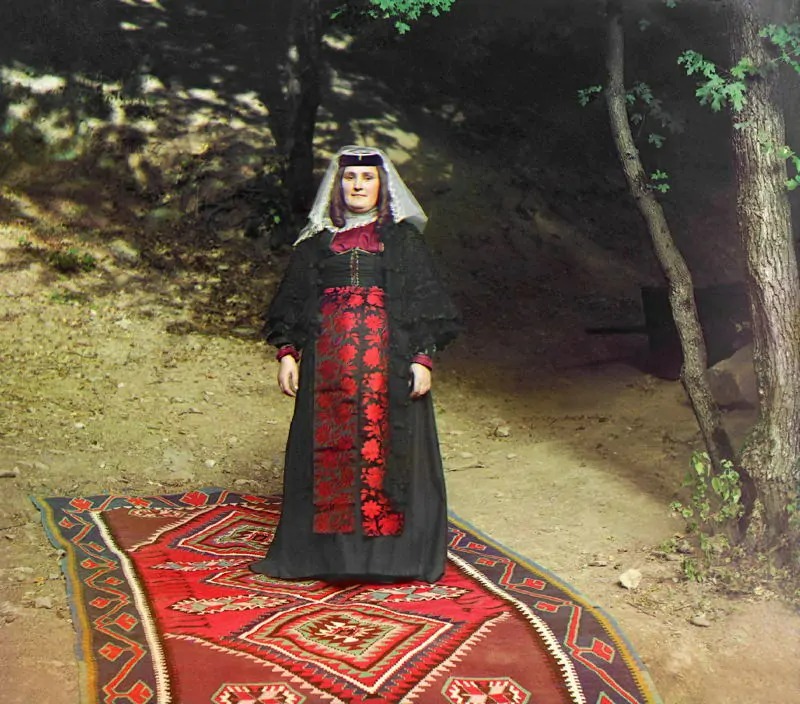
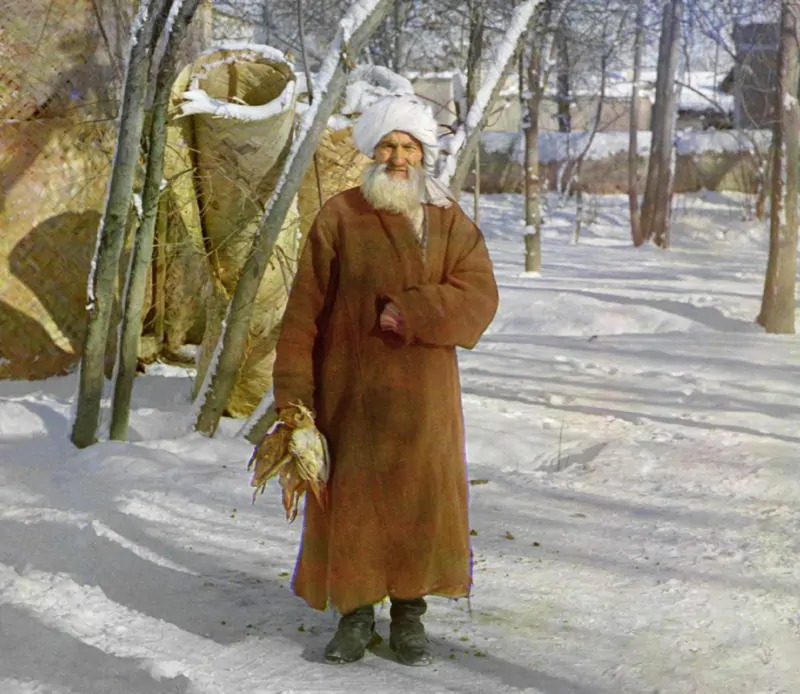

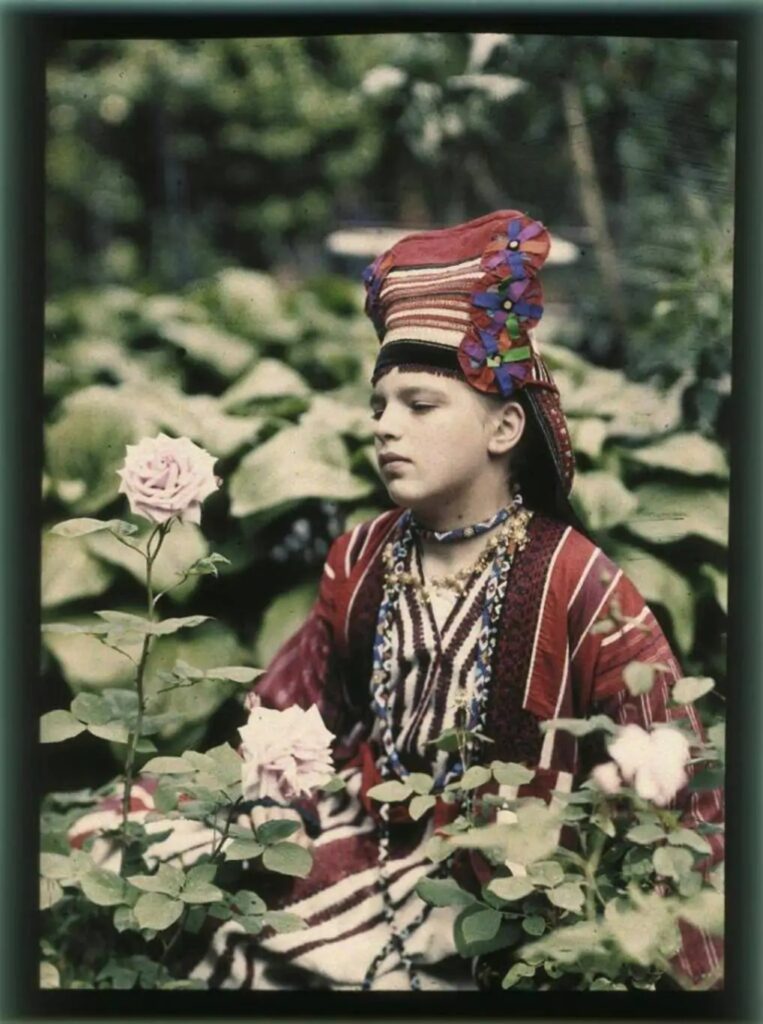
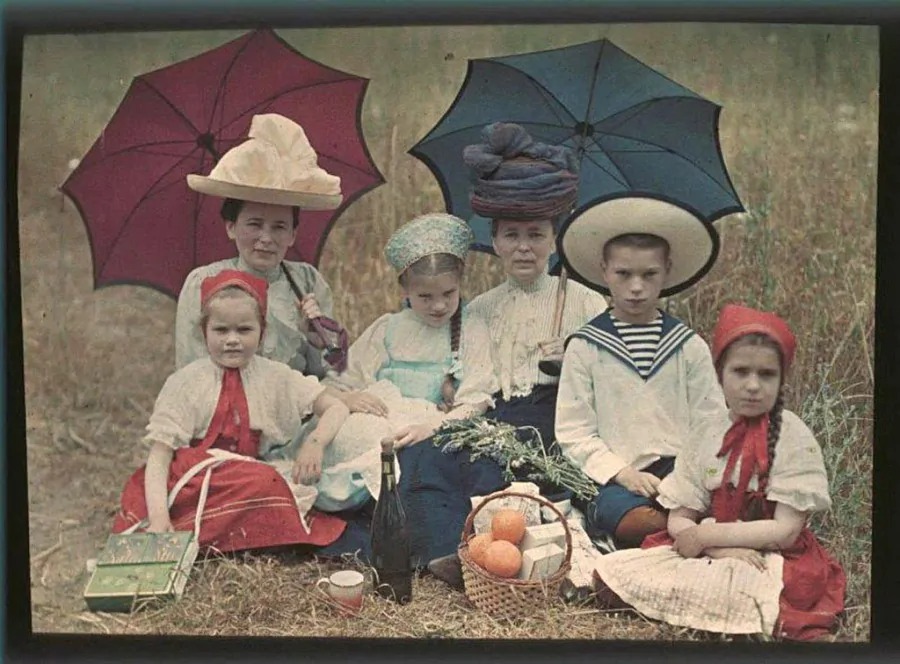
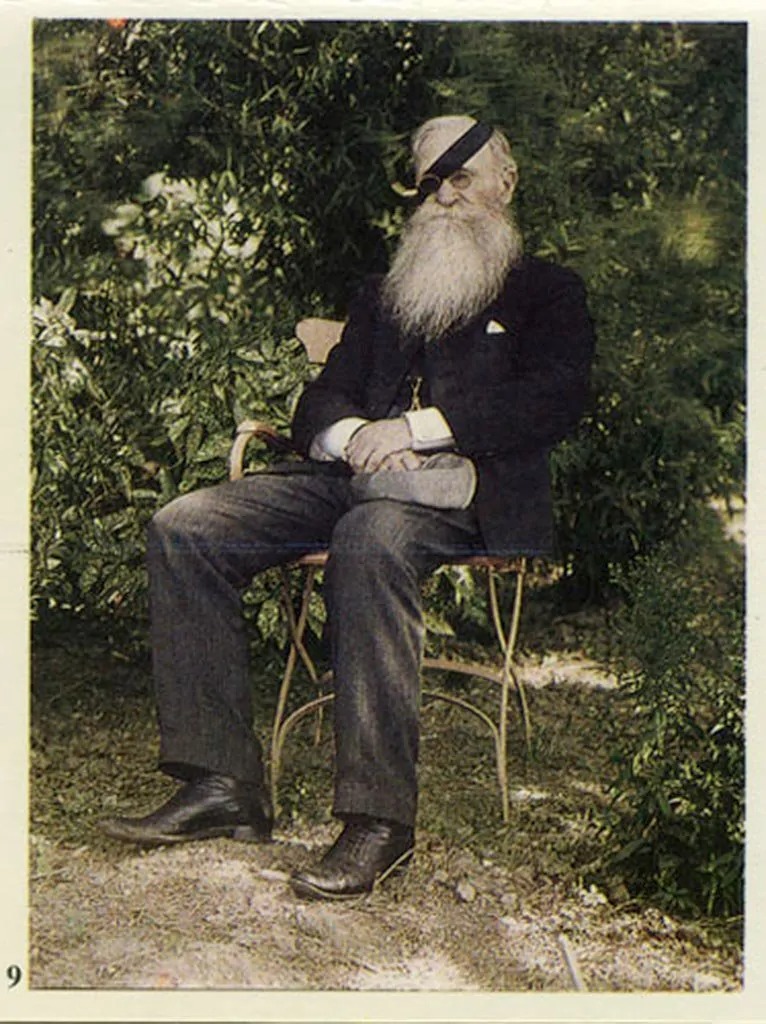


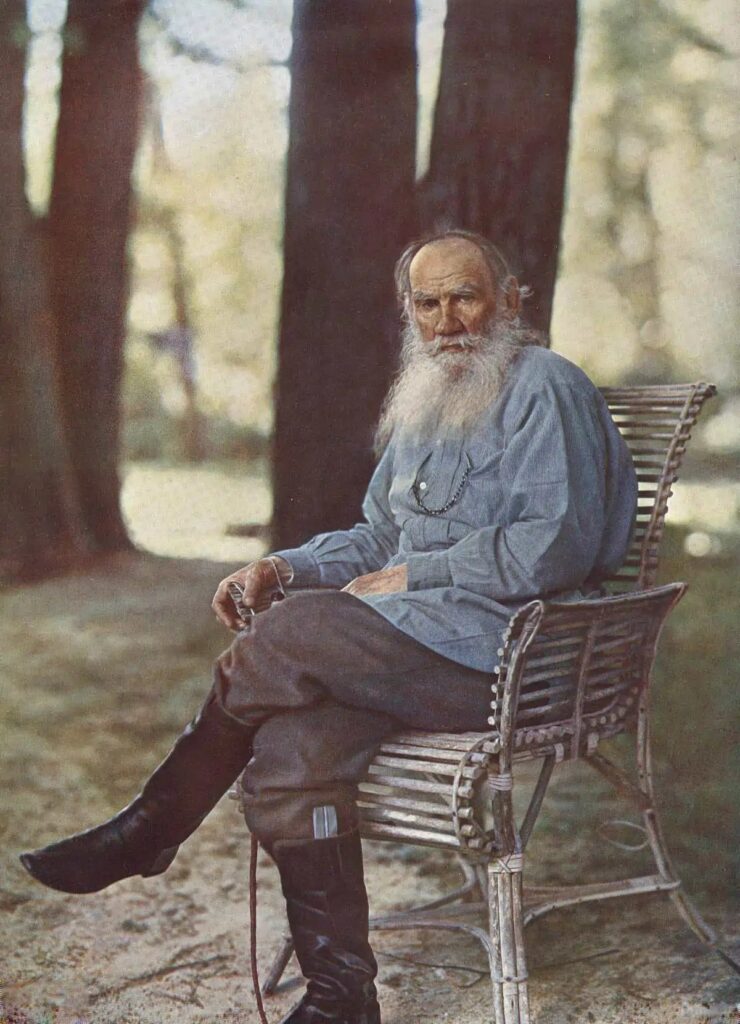

Leave a Reply